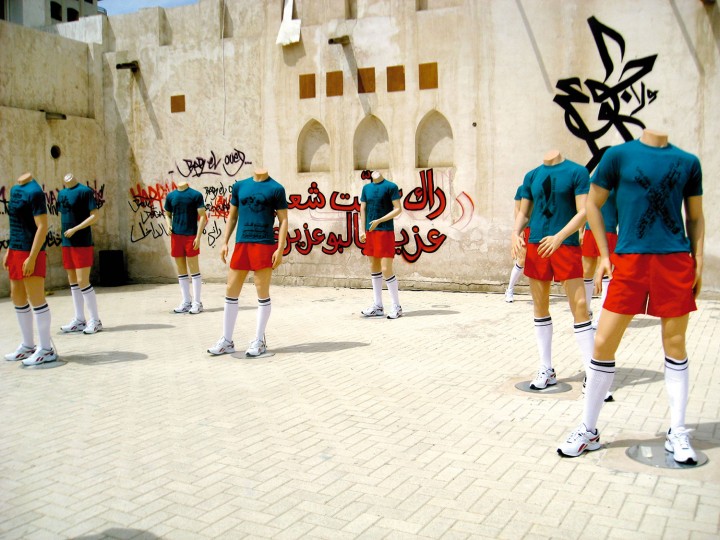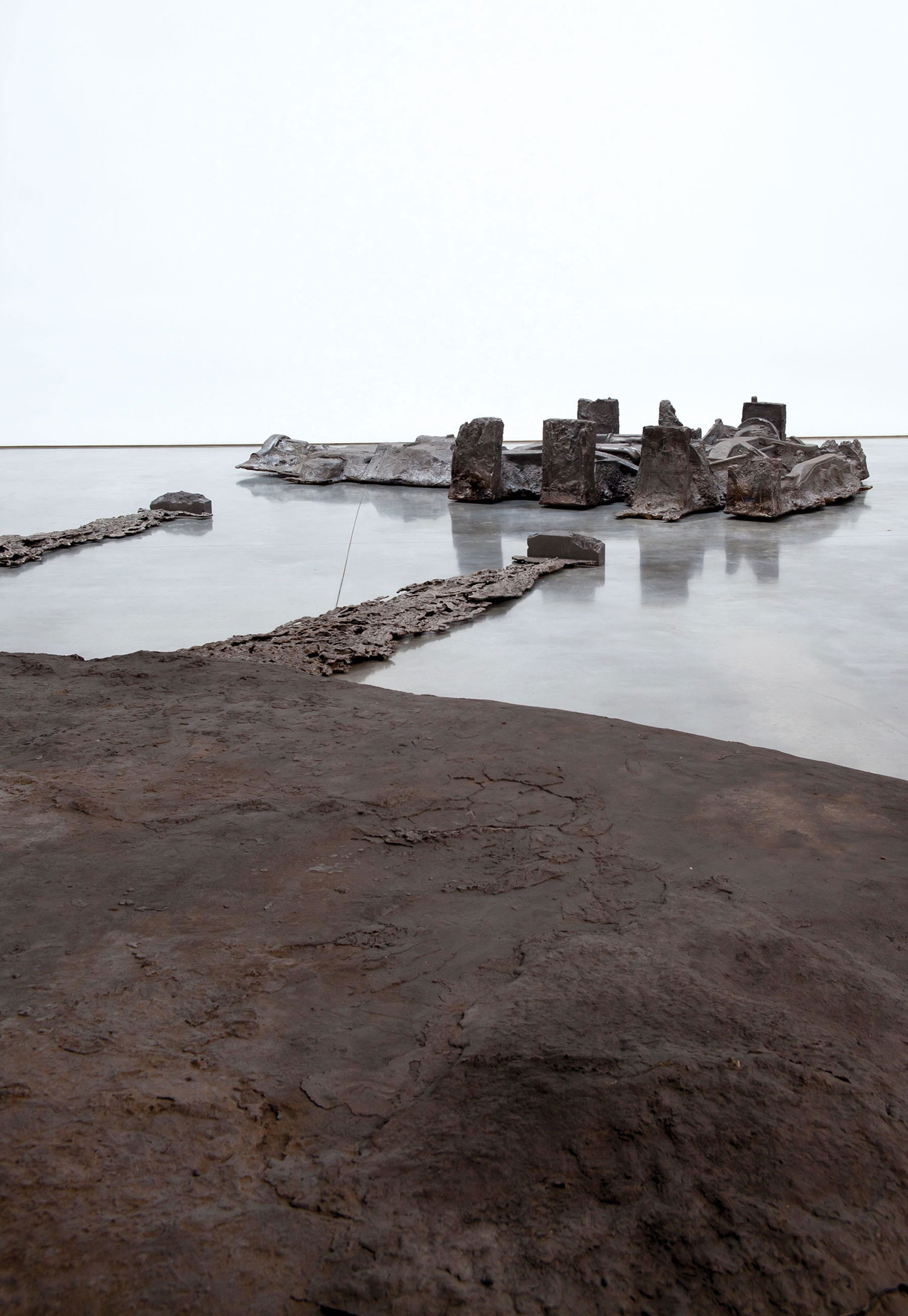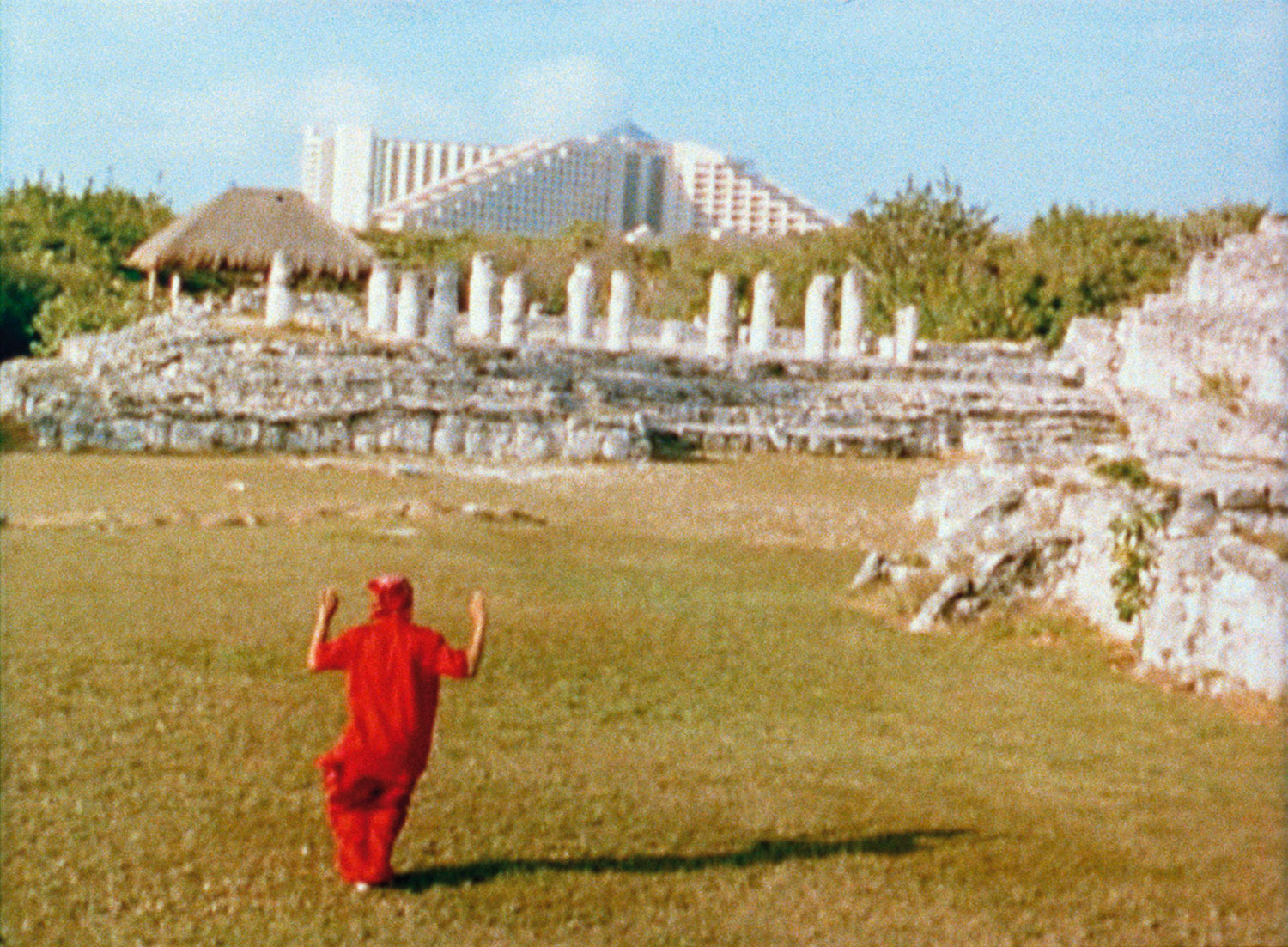
Everybody loves a good story. And by “good story” I am talking about a piece of scandal that usually involves a radical politician, a scorned lover and a felony conviction accompanied by the results of a DNA test. Earlier this year the art world witnessed such a scandal, which, besides being a welcome excuse for even more “artistic” gossip, proved to be a once-in-a-lifetime opportunity for many “freedom of expression” lovers to flex their political correctness muscles. It was in the Emirate of Sharjah that this play of passion unraveled. On April 6, Jack Persekian was dismissed from his position as the director of the Sharjah Art Foundation over Mustapha Benfodil’s multimedia installation Maportaliche / Ecritures Sauvages, which was selected for this year’s edition of the Sharjah Biennial. The work, which featured text from Les Borgnes (2008), a play by Benfodil, had the words “Allah,” “Prophet” and “Sperm” in close proximity — too close for the local community to digest. The display’s location in a public square where children came to play and close to a mosque did not help, either. It is imperative to consider the sad ending of what was once a happy marriage between the Sharjah Art Foundation and its vilified director against the composite backdrop of the UAE and its rapidly expanding cultural enterprise.
Unlike Dubai and Abu Dhabi, whose state-sponsored cultural projects are rather recent, Sharjah has offered a rigorous platform for art, theater, literature and music for decades. Its ruler, Sheikh Dr. Sultan Bin Mohammed Al Qasimi, is a published historian and an author of several acclaimed literary works and theater plays. Despite much local criticism, at times quite extreme (in 1987 there was an attempted coup against him involving his brother), he has persisted in his support of various art forms, including the visual arts, in a cultural landscape that for centuries primarily considered literature its most significant art form. What many failed to realize, including the curators of this year’s biennial, is that while Persekian has been an undeniable force in the growth and prestige that the biennial has gained, a growth of an equal dimension has been taking hold of the little emirate and its more glamorous sisters.
It doesn’t require much rumination to notice the proliferating disconnect between the cultural universe of the majority of Emirati locals and that of the expatriates. This is not to say that every expatriate is inherently more versed in the world of art appreciation. However, there is even more difference between the conservative religious communities and the liberal “avant-gardist” cultural practitioners and invited artists. The latter are provided with ample resources to execute cultural projects that would be inconceivable elsewhere. On the other hand, many of the Emirati locals living in these cities look on with bewilderment, at times seeking to understand, and at others refusing to engage. It doesn’t help when they find themselves forced to “swallow” art that comes across as seemingly disregardful and disrespectful, all in the name of “freedom of expression,” especially when it has been sponsored locally. If this were Washington, that would be seen as a mishandling of the conservative taxpayer’s money by extreme liberals, as was the case in last year’s Smithsonian/Wojnarowicz controversy. But in Sharjah, and anywhere else in the Arab world, one isolated incident is transformed into condemning evidence of a redundant set of western-centric stereotypes. The thousands who shouted “anathema” upon the wrongful manner in which Persekian was dismissed from his duties were also unjustly dismissive of more than twenty years of cultural progress. What if the curators had incorporated all these factors into their process and found a more inclusive way of presenting the artwork in question? The example of Sharjah goes to prove, once again, that a universalist approach to the implementation of certain principles, great as they may be, simply might not work within certain culturally complex scenarios.
Art historians are plagued by our affiliation with the past. I must confess: fantasizing about “Golden Ages” is not conducive to a meaningful reflection on the present. However, there are historical moments from which much can be learned, especially when it comes to tolerance, artistic and otherwise. Consider the example of Michelangelo’s fresco of The Last Judgment (1536-1541) in the Sistine Chapel completed under the patronage of Pope Paul III. Cardinal Oliviero Carafa was assigned to oversee the progression of the work. He was such a “pain,” at least according to Michelangelo, that the artist painted him descending into heaven with a snake biting off his “prick.” That’s what he got for being one! When Carafa complained to the Pope, the latter wittily responded: “As Pope, my jurisdiction extends only over the side depicting the ascent to heaven. Since you are on the other side, you have to talk to Michelangelo.” About thirty years later, Daniele da Volterra, once a pupil of Michelangelo, was commissioned to cover the figures’ nakedness. That earned him the nickname “Il Braghettone” (culotier) or “the underwear maker,” a title that would stick with him forever.
Without a doubt, the world can do with a few less “underwear makers”. But it can also benefit from a few less self-righteous pseudo activists. Paul III was indeed exceptional. He obviously had a wicked sense of humor too. But probably most importantly, in taking the decision to support the choices of his commissioned artist, Paul III knew — at least on a subconscious level — that he himself was far from being perfect. A less desirable aspect of his uniqueness, you might want to know, lies in the fact that he fathered several illegal children and anointed two of his grandsons as cardinals while still in their teens. Get it? Let he who is without sin cast the first stone. No one is perfect or has all the answers, neither the “censored” or the “censorer.” We are all in it together and the only way forward is to continue talking to each other, all of us, always…





